Ecology
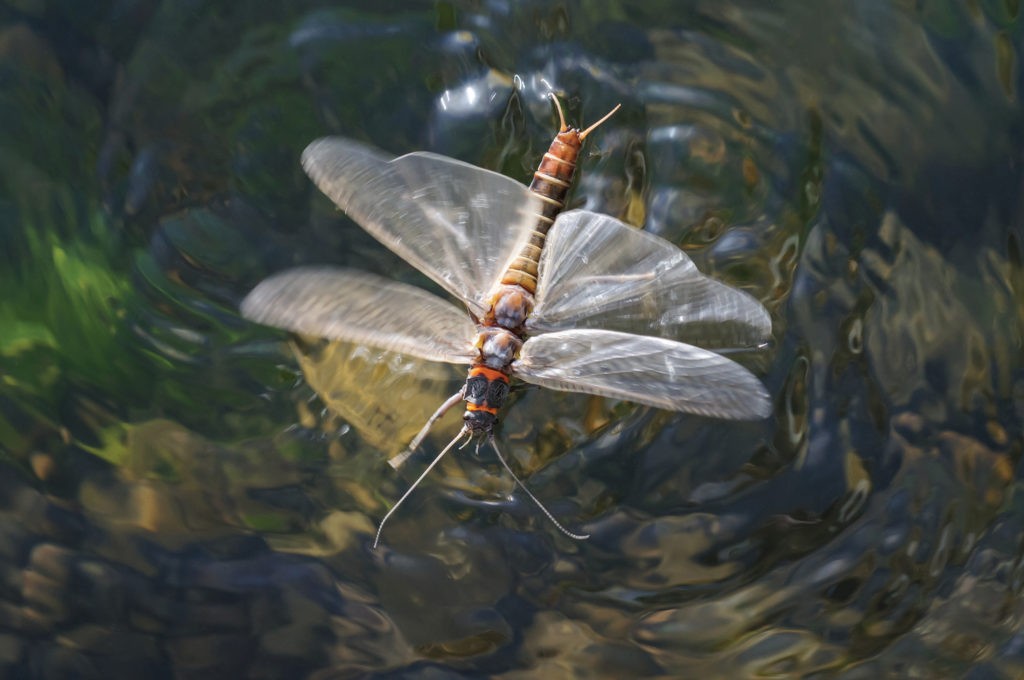
“Everything that we do, from the water we drink, air we breathe and food we eat is all dependent on the natural world. The processes that keep our reservoirs clean and the food in the fields growing are all underpinned by the wildlife - or biodiversity - that surrounds it, and without any of these, other species simply would not be able to survive.
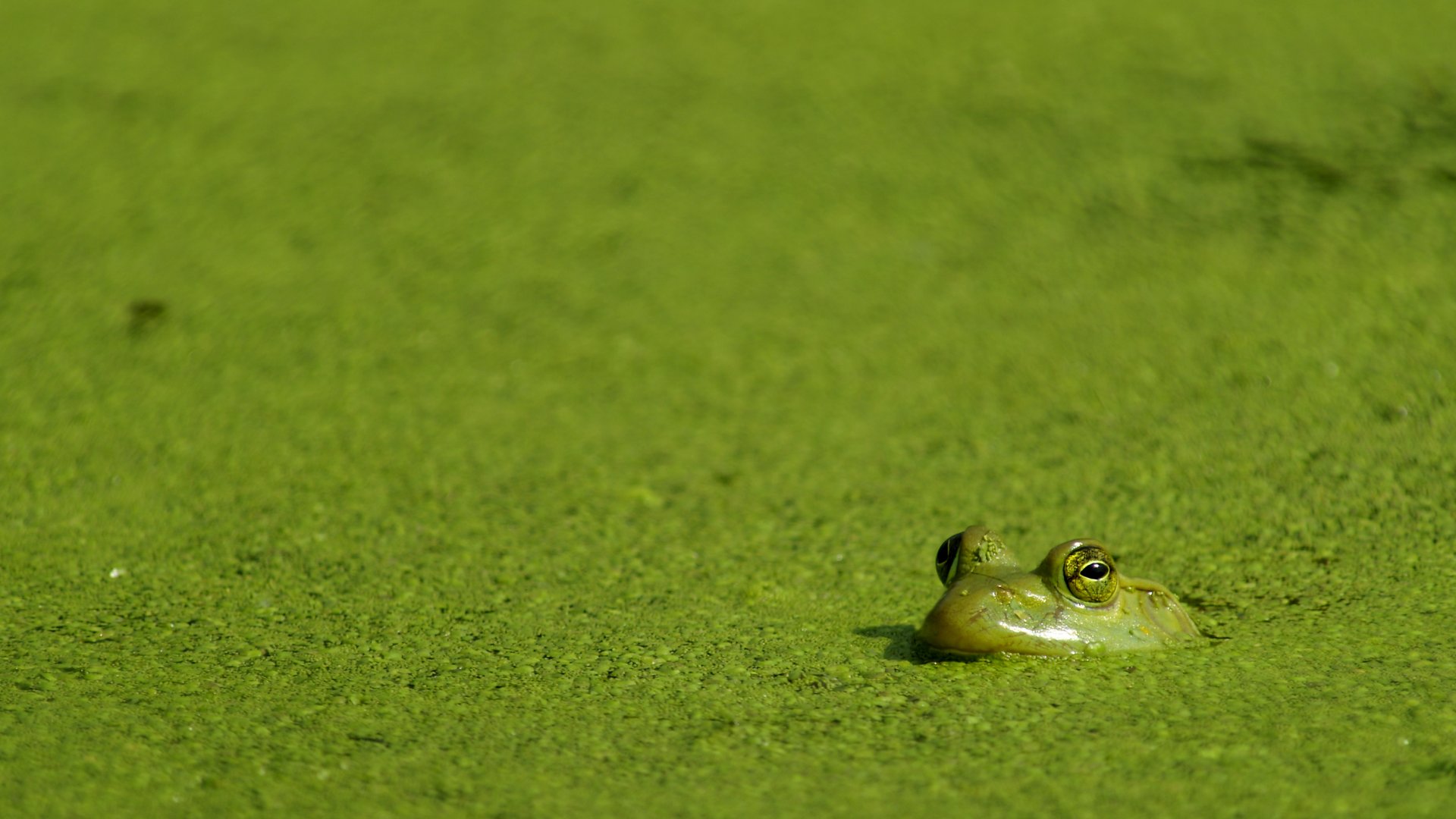
“It is not, however, the mere presence of these species that matters most but their relationships with each other and how they interact to create a complex network of life. As individual species are then pulled from this web, the ecosystem in which they live eventually collapses.” - Natural History Museum report
This is a look at some particular aquatic species, protection of which drives our campaign.River-water crowfoot (Ranunculus fluitans)
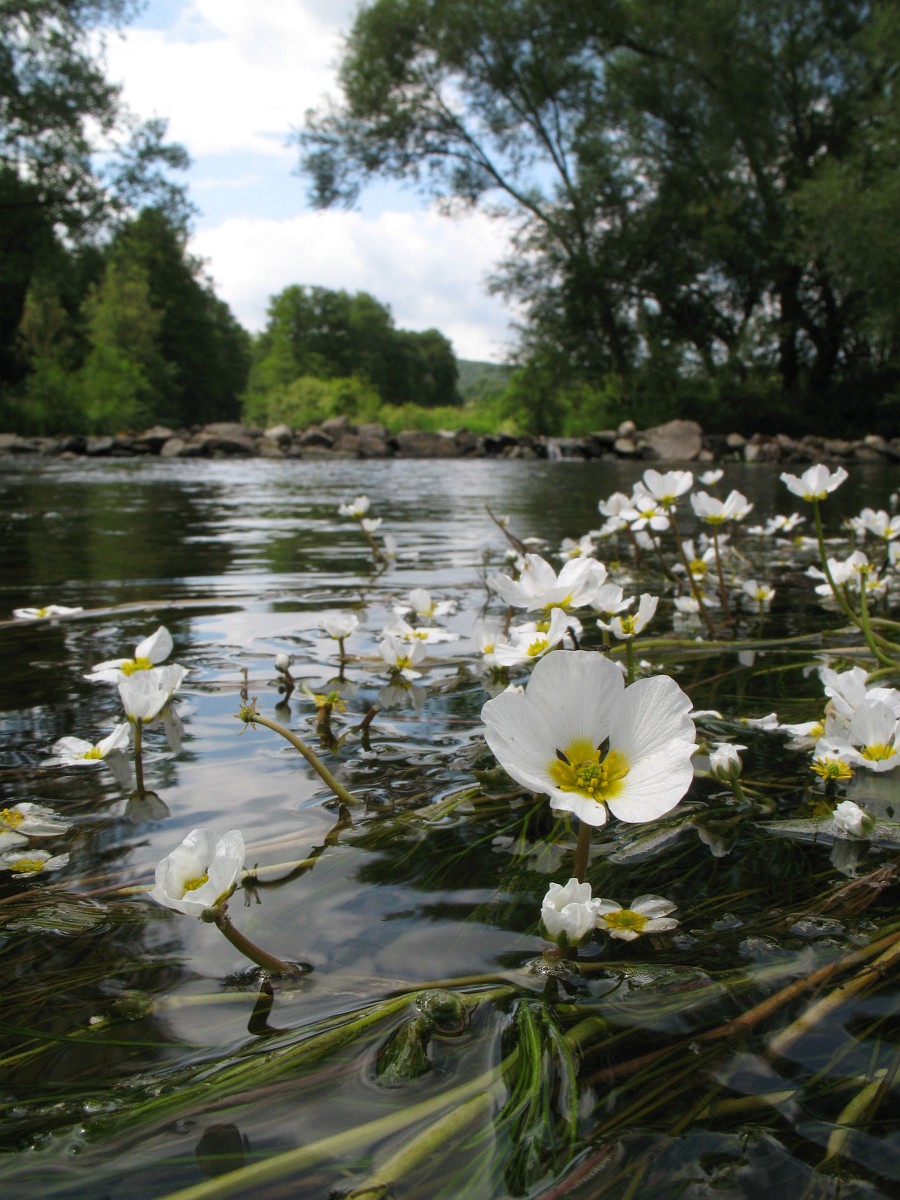
There are several common species of ranunculus found in UK and Ireland rivers and lakes. Above the surface, the leaves of Ranunculus fluitans are very similar to those of other members of the buttercup family, while the submerged leaves are finely divided: characteristic of a truly amphibious plant. The flowers are at their best from mid-May until the end of June.
Slow to moderate paced lowland river reaches of shallow depth, especially where the river bed contains limestone, are places where this lovely water plant is most plentiful. In the wild, Ranunculus fluitans is an important food source for many species of fish and waterfowl. The plant's leaves and stems are eaten by ducks, geese, and other birds, and its seeds provide a source of food for fish and insects. It is also an important part of the aquatic food chain, as it provides essential in-stream habitat for freshwater shrimps, snails, insect larvae and nymphs.
Caddisflies (or sedges - trichoptera)
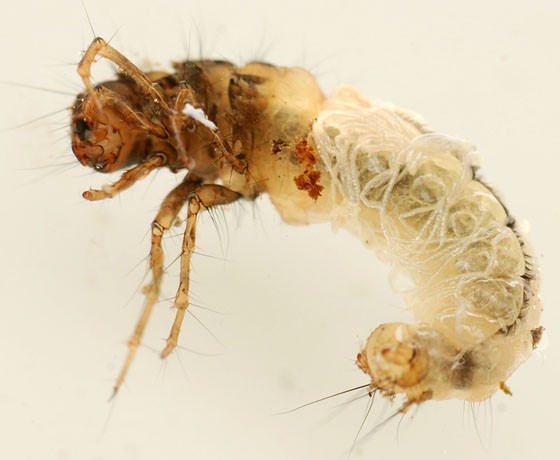
Insects in the order Trichoptera are commonly known as caddisflies or sedges. There are 199 species of caddisfly in the UK. Cased caddis larvae make elaborate cases out of silk, which they adorn with pieces of vegetation, stones or other material.
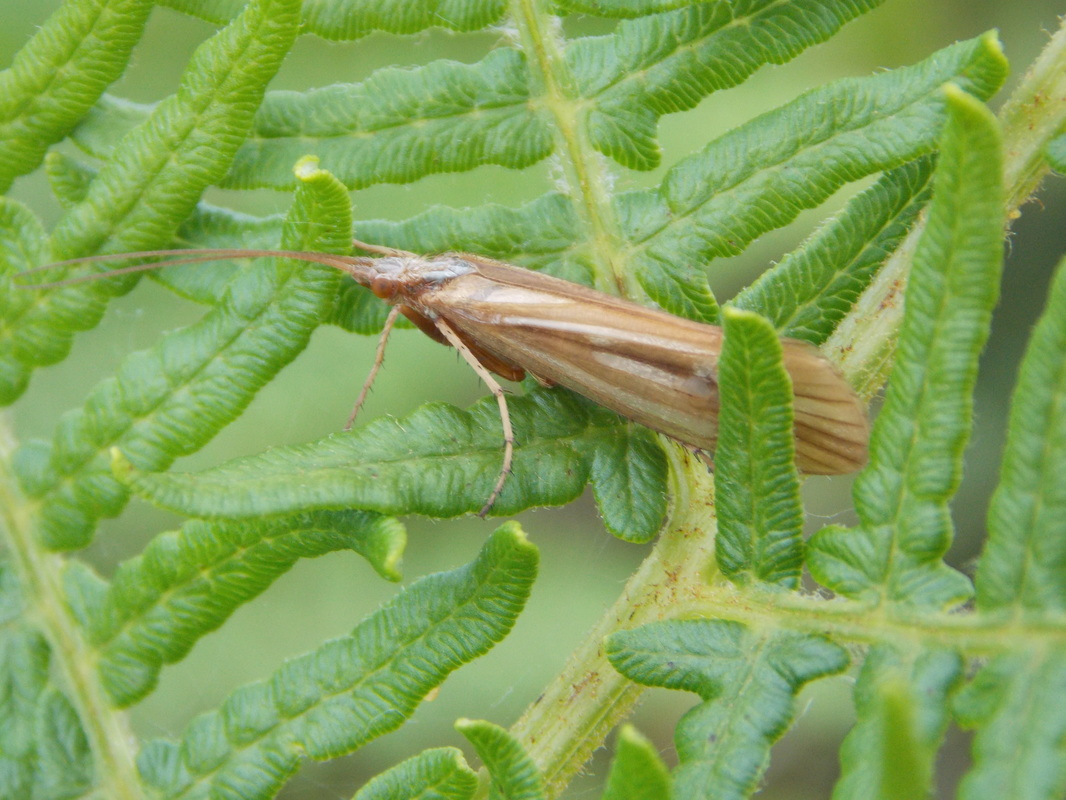
Adult caddisflies are moth-like insects which generally fly at night. They hold their wings above their body in a roof-shape when at rest.
Caddisfly larvae live underwater, where they make cases by spinning together stones, sand, leaves and twigs with a silk they secrete from glands around the mouth. Most larvae live in these shelters, which can either be fixed or transportable, though a few species are free-swimming and only construct shelters when they’re ready to pupate.

Adult caddisflies are moth-like insects which generally fly at night. They hold their wings above their body in a roof-shape when at rest.
Adults are often attracted to moth traps, or can be found during the day on vegetation near to the water's edge, or flying in swarms over the water. Caddisflies are an important food source for all kinds of predators, including Atlantic Salmon and Brown Trout, and birds such as the Dipper.
